How to get your book into a Bookshop
Bookshops – full of passionate, well-read, book-loving people – are businesses. Often, especially in the case of small local independents, precarious businesses. Competition – especially from Amazon and the big supermarkets – can make life tough.
So before you march in with Navel Gazing – a Personal Odyssey and demand that a Bookshop display your books, it’s a good idea to try and understand the bookshop business model.
The first thing worth knowing is that – in the UK at least – bookshops make most of their money in the run up to Christmas. They may not want to stock your Interesting Bath Plugs – a Prose Poem at the end of October when the glittery hardback anthologies and annuals start to arrive.
The second thing you need to know is that most publishers supply books on a sale or return basis, with especially generous terms at Christmas. The bookshop will expect to take 35% to 70% of the cover price.
Richard Drake tells me that DRAKE the Bookshop in Stockton-on-Tees must sell an average of 500 books a week to cover staff salaries, rent, rates, utilities etc. They stock 33% children’s books and 67% for adults. While they love to support local authors, they have limited on-site storage and display. A book that doesn’t sell is taking up valuable shelf space from something that will pay its way.
Your personal relationship with a bookshop matters. Are you already a customer? In a local book group? Many bookshops will be happy to stock books from local writers they know. You’ll need to make an appointment, and if you can agree terms, you then supply the agreed number of books with a clear delivery note, followed by an invoice if any sell. The bookshop will expect to earn a percentage of the cover price (expressed as a discount), and for you to take back any books they don’t sell after an agreed time.
Helen Stanton is the owner of FORUM Books in Corbridge, The Bound in Whitley Bay, The Accidental Bookshop in Alnwick and a pop-up bookshop at the Biscuit Factory in Newcastle. She points out that although bookshops do not receive any Arts Council funding, they remain a vital part of the chain to get great books into the hands of readers. Her booksellers are passionate about what they do but the business has to make enough profit to cover ever increasing costs, pitted against tight margins, and to pay staff the real living wage.
Jenna Warren runs the BOOK CORNER in Saltburn-by-the-Sea. A successful published author herself, Jenna has some good advice. ‘I'd advise indie authors to do some basic market research before they publish their books, particularly when it comes to covers. I've seen quite a few covers which don't suit the genre of the book, don't make it clear if the book is fiction or non-fiction or just look a bit out-of-date from a design point of view. I'd advise writers to go into a bookshop and have a really good look at the covers of other books in their genre.’
Any title that takes up space has to earn its keep. If you divide the running costs per day of a small independent bookshop by the number of titles stocked, any book on the shelves needs to pay ‘rent’ of about £0.07 per day by achieving at least one sale every 10 weeks. If it hasn’t sold in a reasonable time, it needs to be replaced. For the indie author that means collecting it or paying the costs of return before it is destroyed.
The brutal fact is that self-published authors are not going to make much money from selling small numbers of print books via bookshops. You’ll do well to earn as much as you would from a conventional publishing deal (~12% of the cover price) and you will be doing a lot more work and taking a lot more risk. For Phosphate Rocks it looks like this.
Of course, that ignores the cost of the author’s time ordering, delivering and invoicing plus personal transport costs to and from the bookshop. And it ignores money tied up in stock and the trip hazards in your front-room – if you want to keep the postage costs down, you need to order more than one book at a time.
To reach out beyond the bookshops close enough to supply yourself, ALLi suggest you investigate a company like Ingram Spark who supply the distributors that bookshops use when they’re not ordering direct from the publisher – distributors like Gardners in the UK.
I followed that advice and now any bookshop, anywhere in the world can order Phosphate Rocks through the ISBN (978-1-7385120-2-7 since you asked), and it will be printed and shipped locally.
Three problems:
If you match the traditional delivery terms (sale or return) any books that the bookshop return will be destroyed AND you’ll be charged the printing cost. Your measly 1% profit could quickly become a significant loss over which you have NO control.
If you match the traditional discount terms (at least 55% of cover price) then you’ll either have to put your price up or sell at a loss (plus the risk that you’ll have to pay for returns).
If you allow firm sales only (no returns) and set the discount to ensure you make a profit, your book becomes pretty unattractive to most bookshops.
No one in their right minds would choose this model to supply bookshops if they wanted to earn money from writing. Publishers can only make it work with huge print runs which bring the unit costs of printing and distribution down to a level at which they can make a profit.
The publisher takes all the risk (and therefore cost) of a five thousand book print run if only 250 books sell (the average for literary fiction according to this blog).
In summary, Print on Demand (PoD) is low risk but also low financial reward. But, hey, for many self-published writers, the pleasure of seeing their book on the shelves of a much-loved local bookshop makes it all worthwhile.
What I learned.
If you really want to get your book into a bookshop – read THE BOOKSELLERS excellent guide ‘Getting your book into a High Street Bookshop’ first.
DO
Find a printer who is not Amazon, every bookshop’s greatest rival. Many bookshops won’t stock self-published books printed though Amazon (KDP) so you need to find a printer who will supply their distributor (eg Ingram Spark supply Gardners who supply many UK bookstores) or deliver the books yourself (but don’t turn up unannounced - see below).
Start local – this is probably one of the few things that is easier for those outside London and other big cities. Find your local bookshop and start visiting. Attend events and buy books long before you ask them to consider stocking yours
Email the bookshop first with
a reason your book is right for the bookshop – eg local connection
2-3 line synopsis
1-2 lines about who you are
Jacket picture
Factual stuff
Format (eg paperback)
Retail price
Cost to bookshop (often expressed as a discount))
Other
Genre (eg crime) – where does it sit in the bookshop
Comparable books
Competitor – or comparable titles and authors
Reviews
Local publicity lined up or in the pipeline (e.g. features, interviews or extracts in local news media)
A few sample pages
DO NOT
Don’t arrive unannounced with a pile of books
Don’t send an email that includes a link to an Amazon site. If you want to share reviews then copy paste the review into the document you send. (And remember Amazon owns Goodreads, so same applies)
Don’t expect a bookshop to take books printed via Amazon (KDP print). Some may make a special exception if they know you well, but only if there is a compelling reason
Don’t pester the bookshop to ask about sales
Don’t expect to get unsold books back if you fail to collect within the agreed time
Phosphate Rocks: A Death in Ten Objects is available in stock at Drake the Bookshop in Stockton on Tees and can be ordered from all good bookshops.
Publisher : Snickered Mole
ISBN: 978-1-7385120-2-7





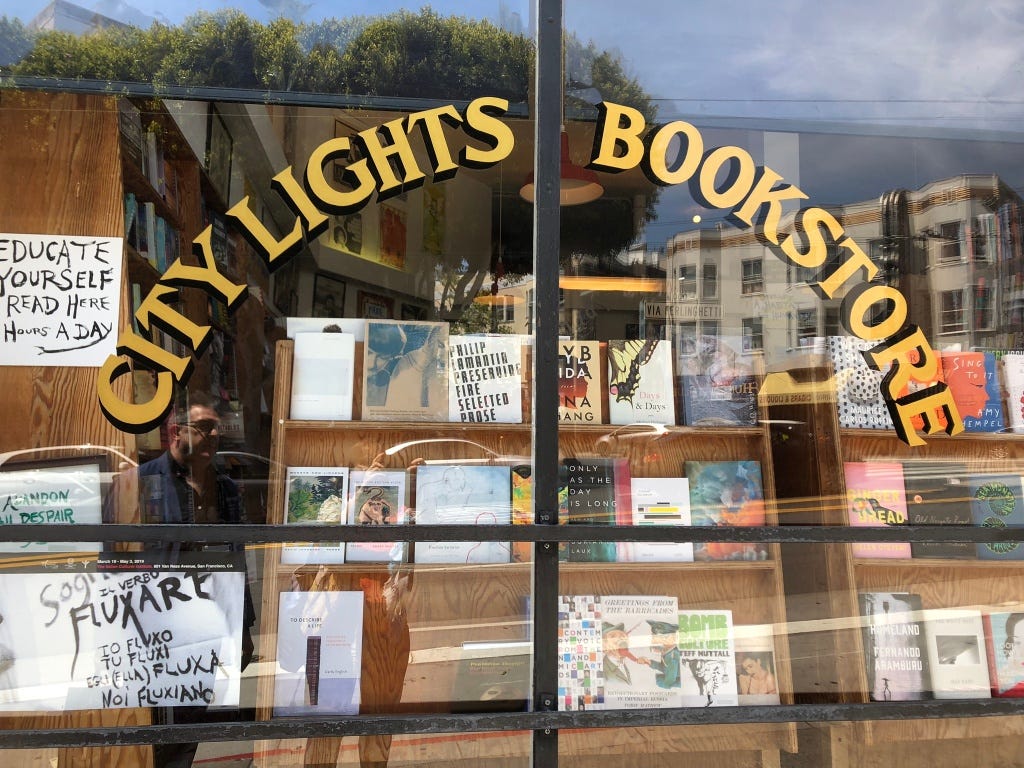

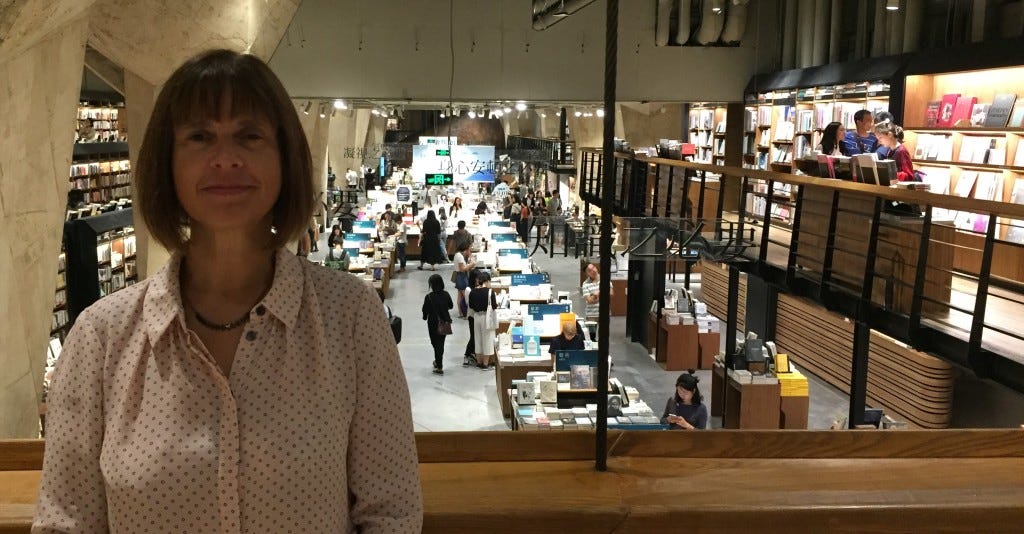
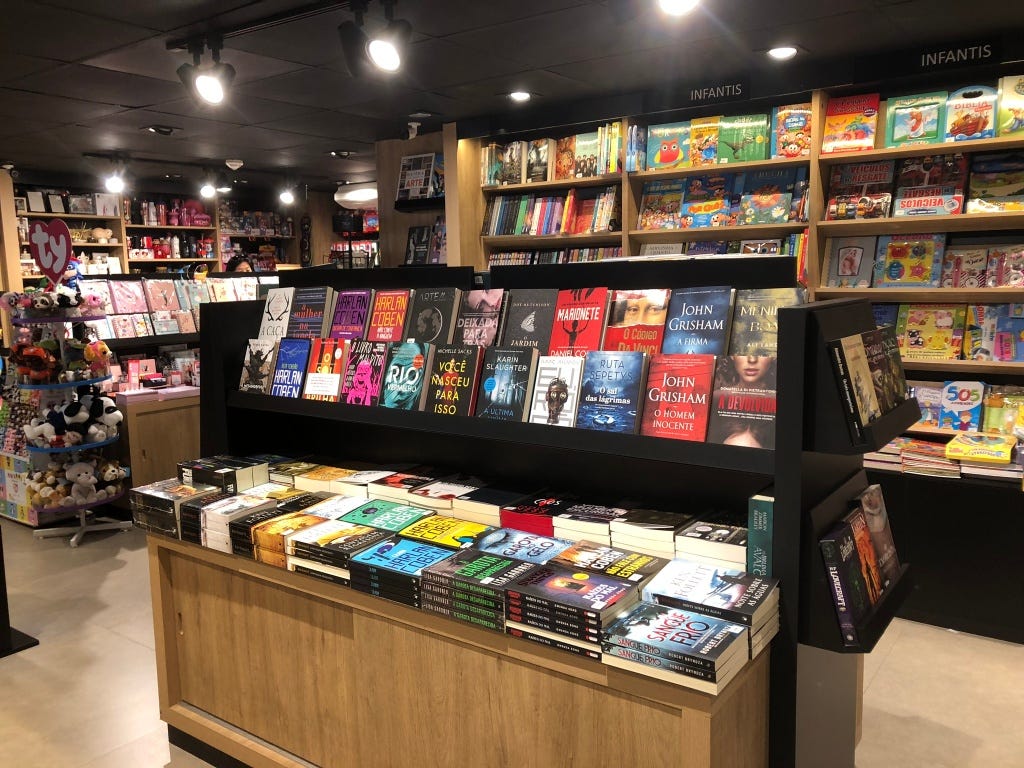
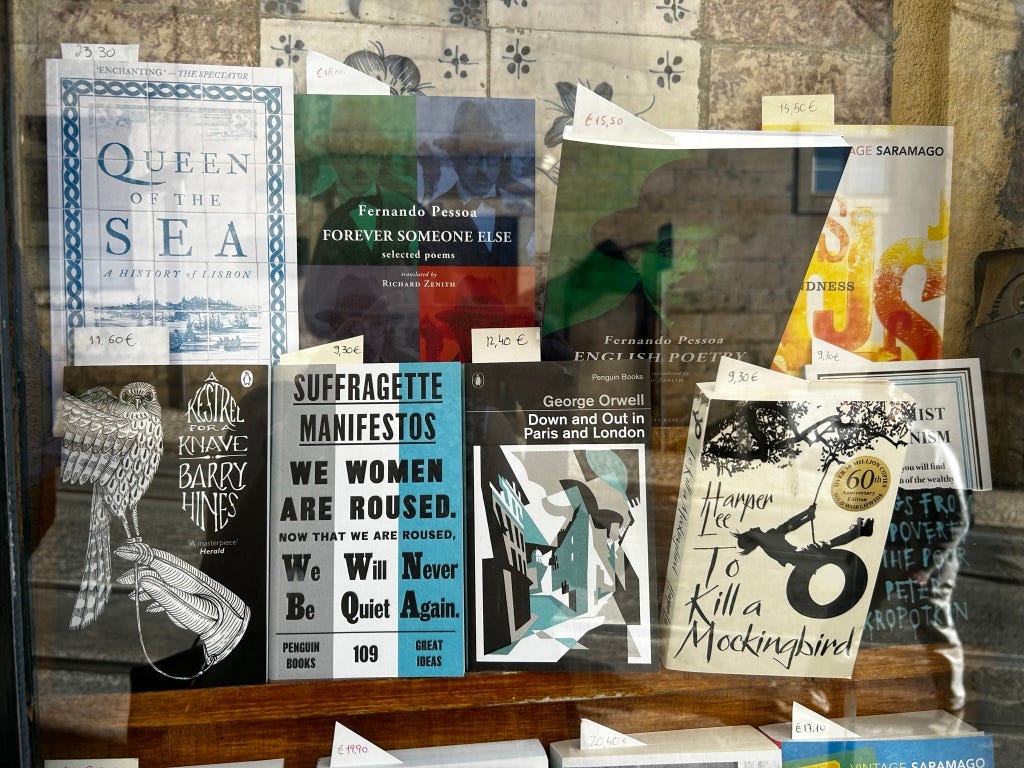

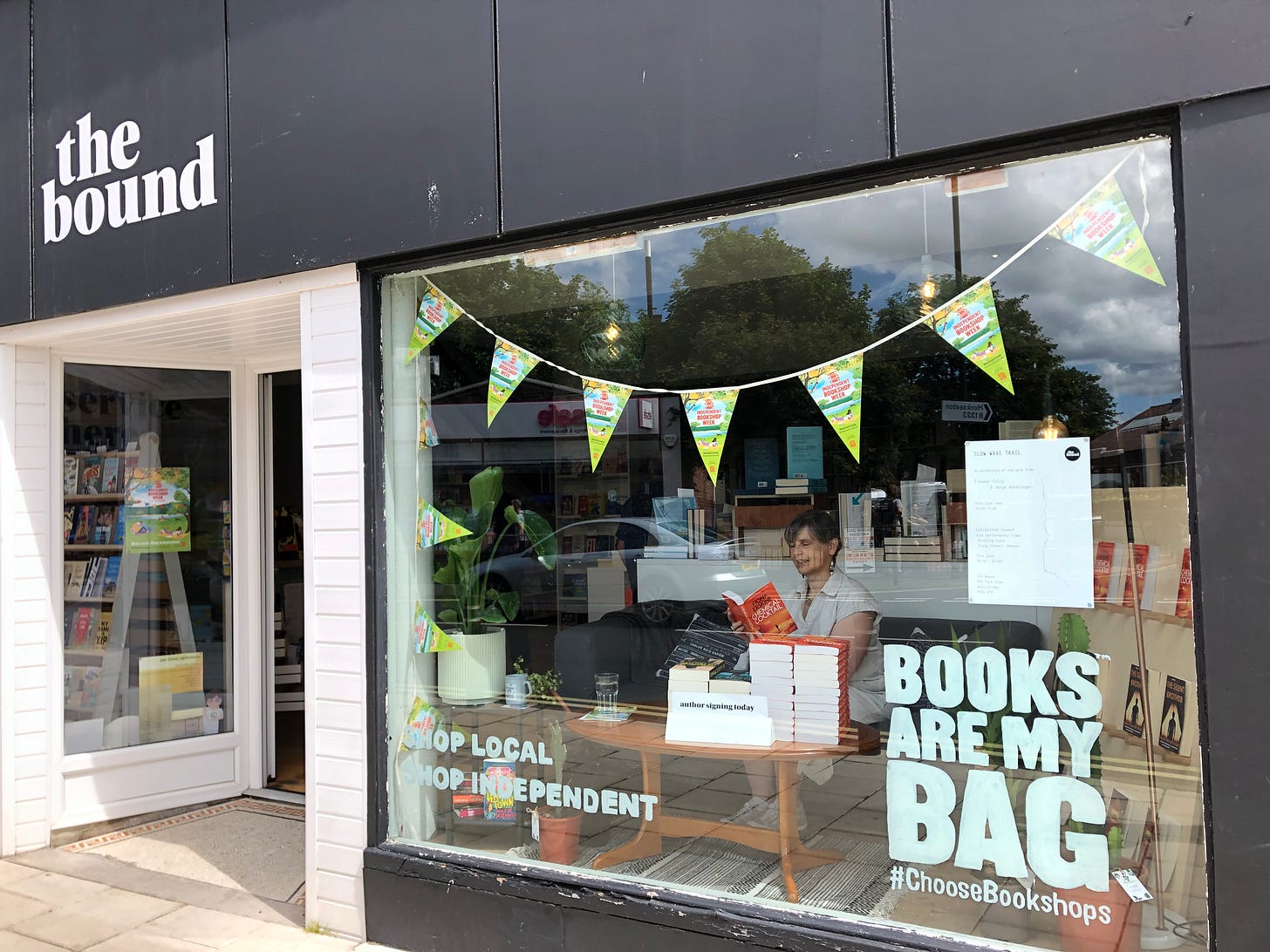

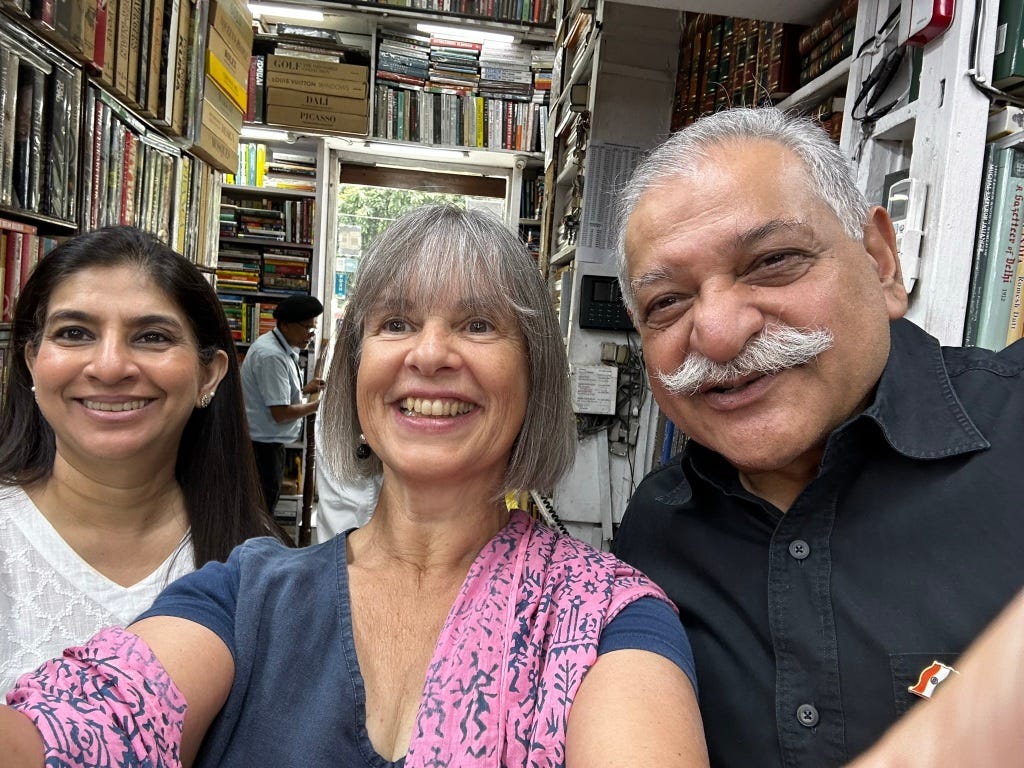




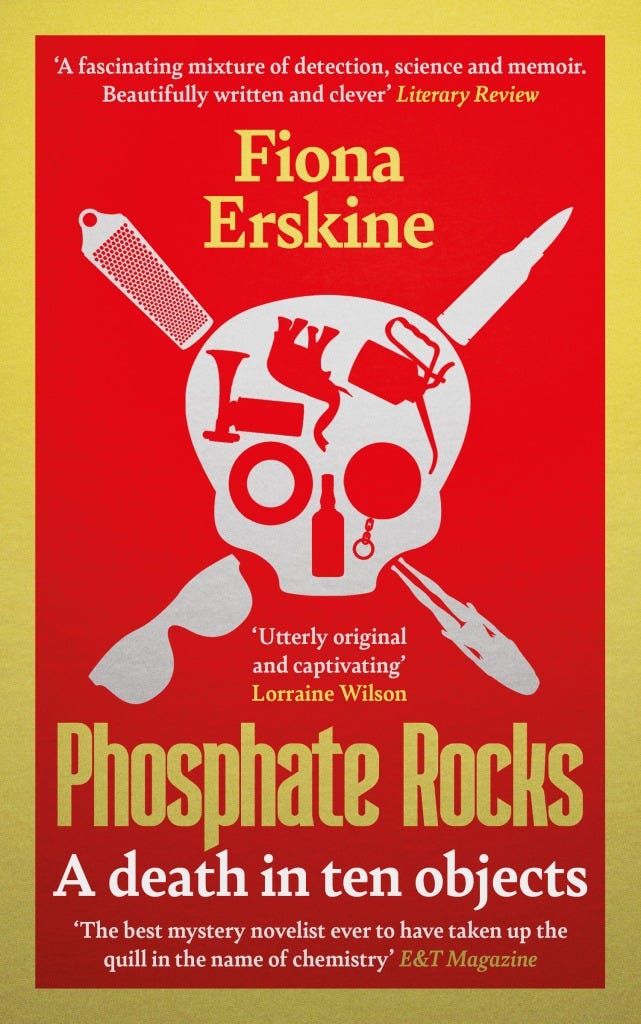

Fabulously informative article pulling no punches, Fiona! Sounds tough, but you're one tough cookie, so I'm not worried - you've got this ;)